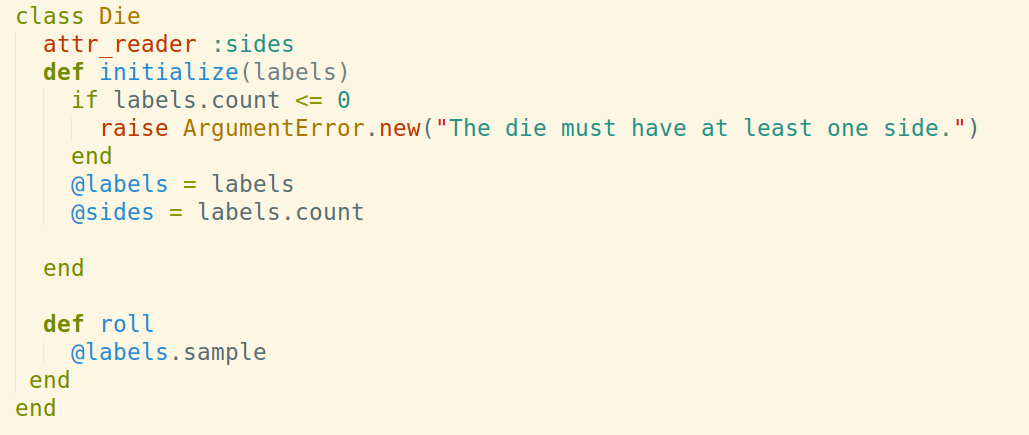Week Nine Cultural Blog post
How not to Ask
A few months ago I was playing around with Kali Linux using a virtual machine in windows. I was having a problem switching to the Superuser using the su command.
Below is my question the way I originally posted it.
su cannot execute bin/bash/****
Hi I installed kali Linux on a vm machine and I cannot change my user to root from the terminal using su. sudo works fine but whe I try su it says cannot execute bin/bash/****(my user name) not a directory.
Thank you,
And this is what a helpful user turned it into.
su cannot execute bin/bash/****
I installed Kali Linux on a VM machine and I cannot change my user to root from the terminal using su. The command sudo works fine but when I try to su, it says “cannot execute bin/bash/****(my user name) not a directory”.
Looking at the differences he did not change much if at all in terms of technical info. Where he did shine though is making my question readable. The question I submitted looked like a tweenager text. Looking back now I do not know if I would have answered it myself, seeing as the poster (me) did not really have any attention to detail.
And yes my question was answered and it resolved my issue.



